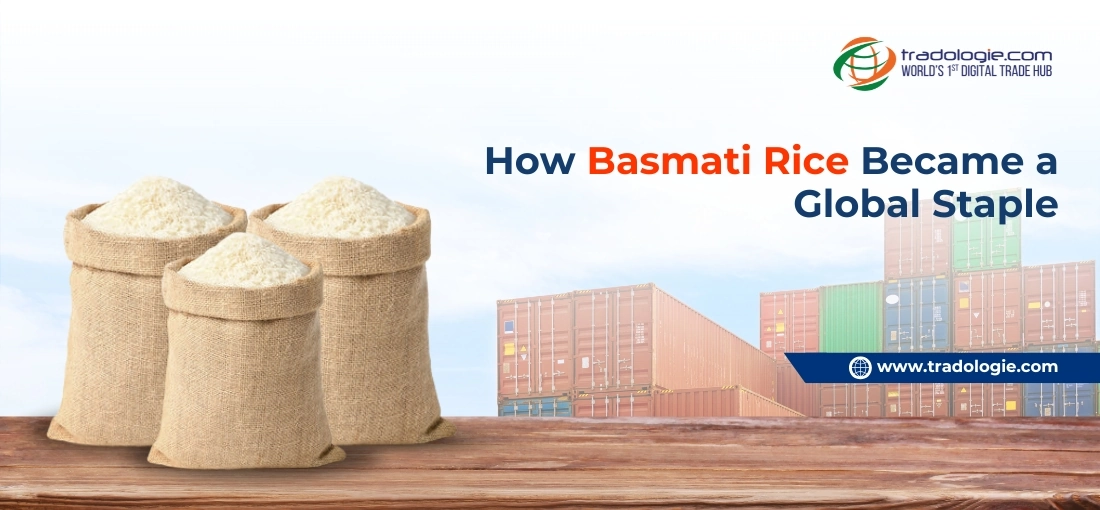How To Start My Own Rice Export Business?
Rice is one of the most widely consumed staple foods across the international markets, hence making it a profitable product for the export business. With its high demand and potential for profit, starting a rice export business can be a lucrative venture. However, entering the global market can be difficult and challenging for new rice exporters.
If you are planning to establish your rice export business, this blog will guide you through the necessary steps to achieve success in the global market and will also explain how our B2B AI powered platform tradologie.com will help your rice export business. The step-by-step guide is as follows.
Step 1: Set Up Your Business Legally
Before you start exporting rice, you need to form a legitimate business entity. Select a suitable business structure
- Sole Proprietorship – This is best for small enterprises.
- Partnership Firm – This is best for joint ownership.
- Private Limited Company – This is ideal for scalability as well as credibility in international trade.
Register your business with the Ministry of Corporate Affairs (MCA) and obtain a Permanent Account Number (PAN) from the Indian Income Tax Department.
Step 2: Get an Import-Export Code (IEC)
The second step for exporting rice from India, you need to have an Import-Export Code (IEC) from the Directorate General of Foreign Trade (DGFT). It is a 10-digit code that must be used in all international trade transactions.
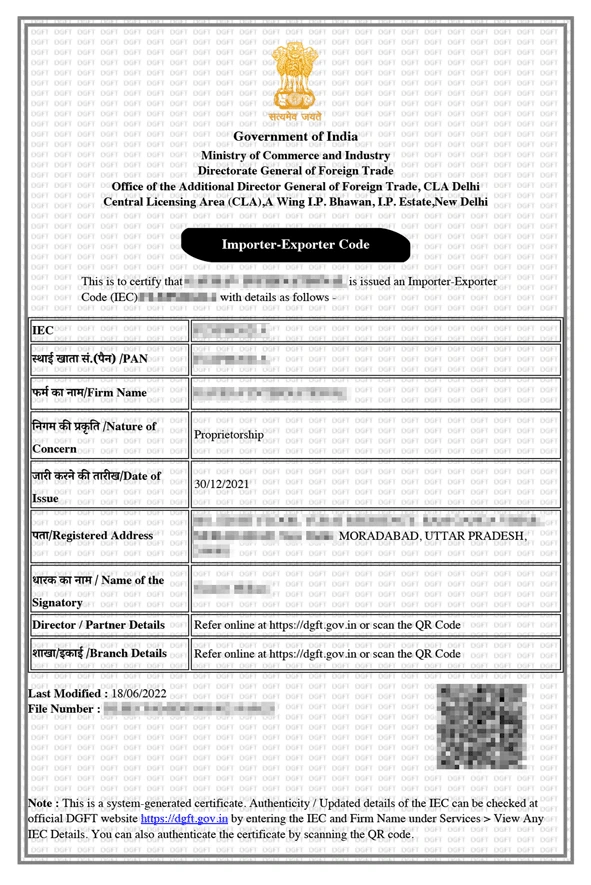
Step 3: Get APEDA Registration
You already know that the Agricultural and Processed Food Products Export Development Authority (APEDA) regulates agricultural exports in India. APEDA registration offers various advantages, including access to government export incentives and market development support. This is mandatory to register in APEDA if you plan to export rice legally from India.
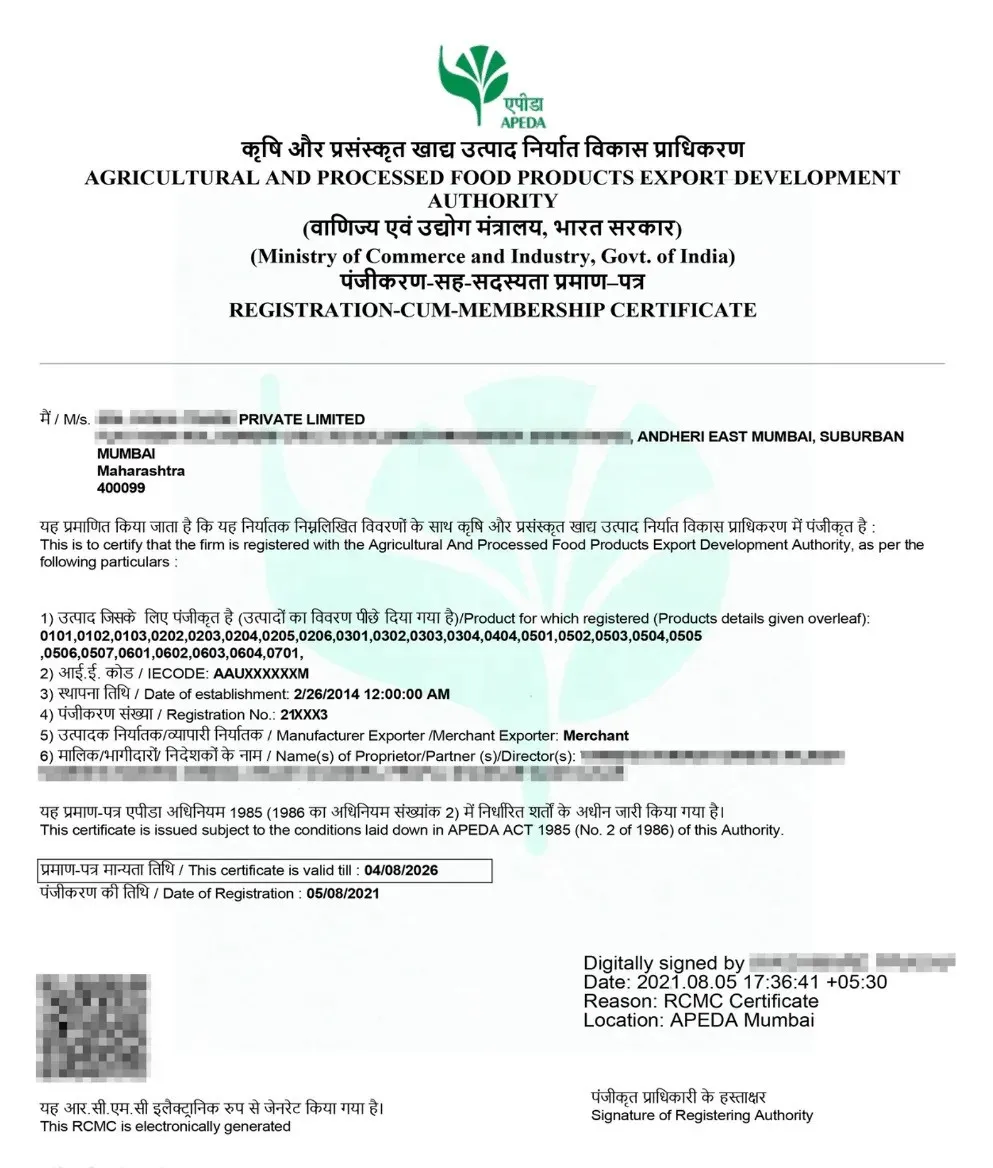
Step 4: Select the Right Type of Rice for Export
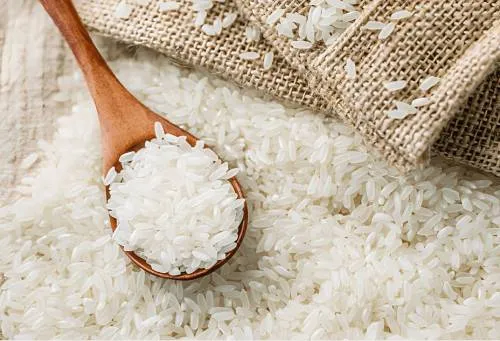
- Basmati Rice – A premium-quality, aromatic rice variety that is primarily exported to the Middle East, Europe, and the USA due to its distinct fragrance and long grains.
- Non-Basmati Rice – A diverse category that includes varieties such as Sona Masoori, IR64, and Ponni, which are widely consumed in Africa and Southeast Asia for their affordability and versatility.
Step 5: Identify and Research Target Markets
Identifying what international markets require is essential. Some of the biggest rice-importing nations are:
- Iran and Saudi Arabia – High demand for high-quality Basmati rice.
- China –Growing demand for non-Basmati rice imports.
- Nigeria and Benin – Prime African markets for bulk rice imports.
- Europe and USA – Specialty and organic rice's niche market.
Step 6: Sourcing and Quality Control
To maintain credibility, source high-quality rice from reputed suppliers or contract with rice mills. Ensure your rice meets global food safety standards such as:
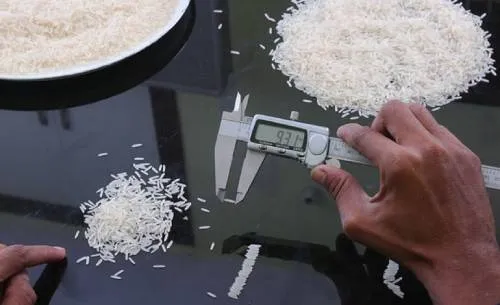
- FSSAI Compliance – Mandatory for food exports from India
- ISO 22000 – Food Safety Management System
- HACCP Certification – Hazard Analysis and Critical Control Points
Step 7: Packaging and Branding for Export
Invest in proper packaging to ensure rice reaches international buyers in top condition. Some key aspects include:
- Vacuum-sealed and moisture-proof bags
- Attractive branding and labeling
- Compliance with international packaging standards
It is also wise to know the requirements of the buyers and comply with their packaging and shipping needs.
Step 8: Pricing and Payment Terms
Set competitive pricing based on market trends, competitor analysis, and shipping costs. Trade with secure payment options such as:
- Letter of Credit (LC) – Reduces risks of payment defaults in international transactions
- Telegraphic Transfer (Escrow Payment): 30% advance, balance against documents provides a cash flow in the form of initial payment.
Step 9: Find Reliable Buyers:
This is the most important step in the export process and no agro export business can run without having a reliable buyer base. There are many ways to find importers which are as follows.
- Through Middlemen: While middlemen can help connect rice exporters with buyers, this method often comes with high commission fees and an increased risk of payment defaults.
- Through Trade Shows: Attending trade shows is a traditional way to network with potential buyers, but it requires significant investment in terms of time, travel, and money, making it less feasible for all exporters.
- Through Tradologie.com: One of the best and safest methods for finding reliable buyers. Tradologie.com is a highly secure platform where exporters can directly connect with verified global buyers, eliminating intermediaries, reducing costs, and ensuring seamless transactions.
Final Thoughts
Starting a rice export business requires strategic planning, compliance with export regulations, and effective marketing. With India’s dominant position in global trade, opportunities for rice exporters are immense. By leveraging digital platforms like Tradologie.com, you can directly connect with bulk buyers and expand your business globally without intermediaries.
Are you ready to take the first step? Start your rice export journey today with the right strategies and a trusted trade facilitator like Tradologie.com.

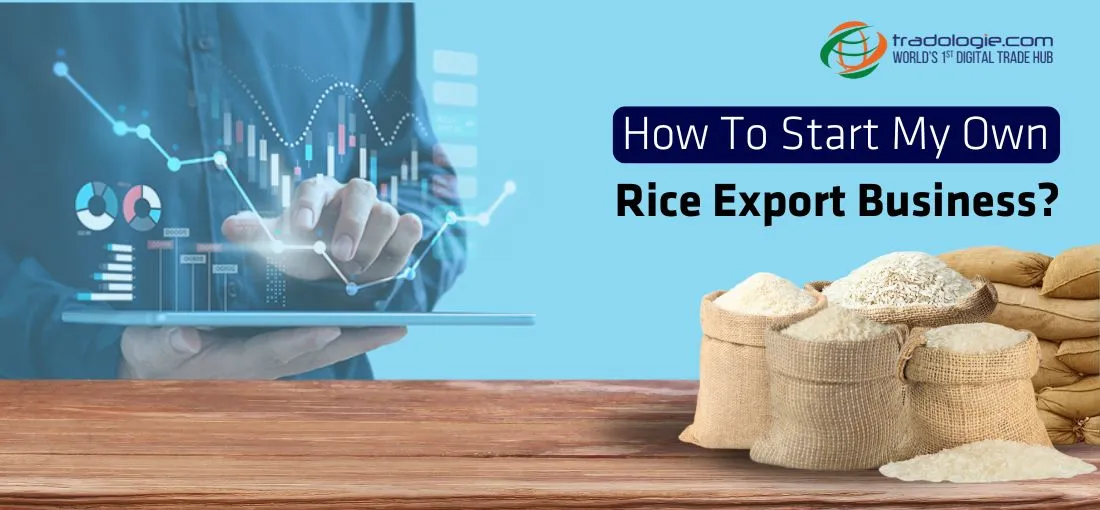
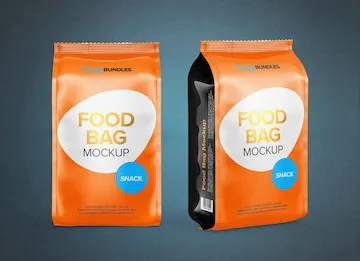
.webp)
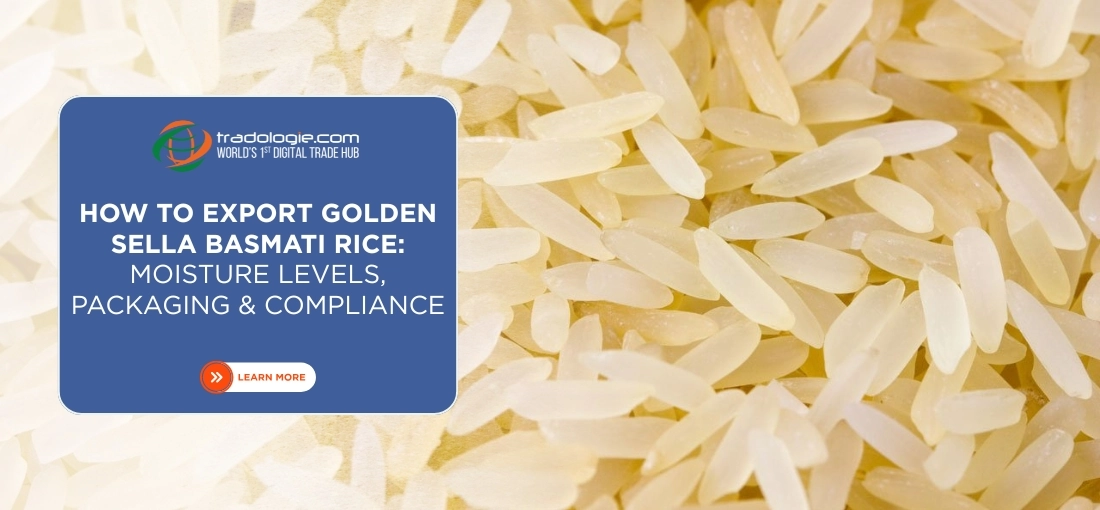
.webp)
